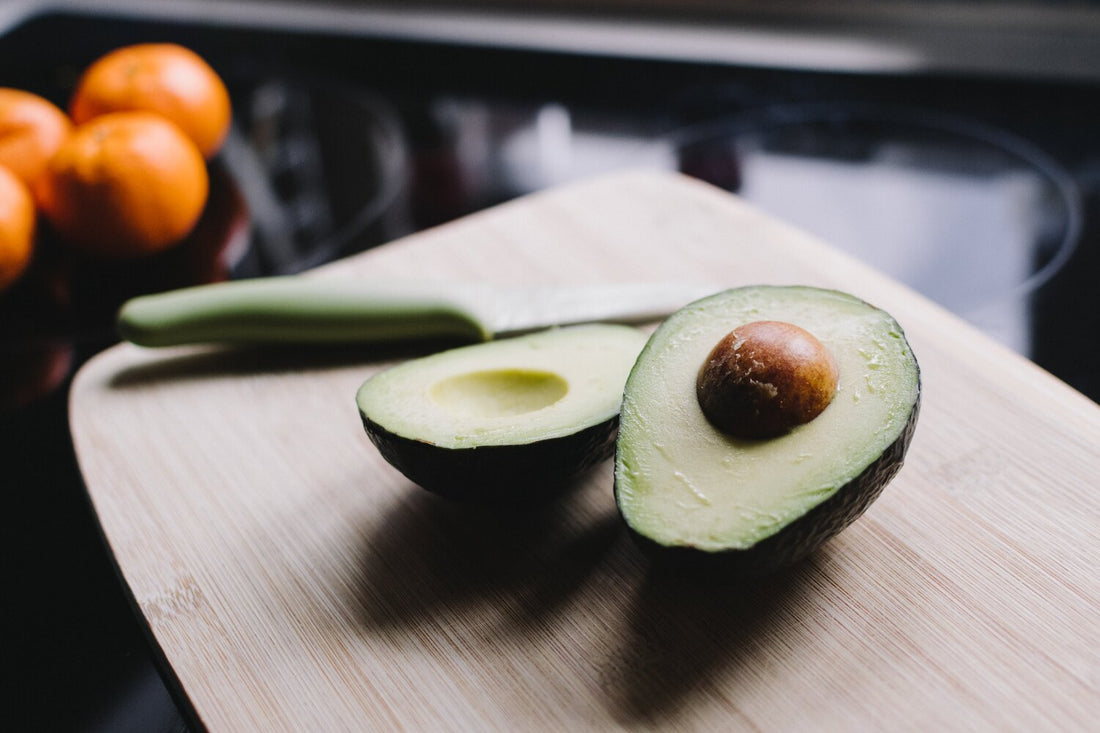For decades people were advised by the American Heart Association (AHA) to cut saturated fats, which are found in foods including butter, meat, nuts, eggs, and tropical oils. Cutting fat was seen as a way to avoid heart disease and control weight—since a gram of fat has twice as many calories than the same amount of carbohydrates or protein. So everyone started eating low-fat diets and using fake fats...
...and here's where that got us:
- Increased risk of heart disease
- Type 2 diabetes
- Obesity
- Sluggish bile in the gallbladder
- Early chances of death
Total cholesterol was the main reason that people had been told by the AHA to cut back on saturated fats in the first place as it was what doctors were hinging as the number one risk factor linked to heart disease. When the Framingham group in the late ‘70s studied cholesterol, they were surprised to find that high levels of HDL-cholesterol (65 mg/dL or above) lowered the rate of heart attacks among those studied. This was a puzzling finding so the study group chose to focus on LDL-cholesterol since they could link elevated levels—even if only slightly higher—to heart disease. This created a slew of cholesterol (LDL) lowering statin drugs from Big Pharma and was even given the nod from both the National Institution of Health and the American Heart Association. It was almost as if this were just a desperate move to see the needle move even if only slightly in their favor—the benefits of HDL-cholesterol in the body were seemingly ignored to avoid “eating crow” over this awkward finding.
In the years since the Framingham Heart Study there has been 17 meta-analyses and systematic reviews conducted that have not found a clear link between saturated fat intake and heart disease. Nutritional epidemiological research is extremely difficult, so even the most well-respected studies come with big caveats. People are so different (bio-individual) that it's all but impossible to conduct studies that show what really works over long periods of time. Getting back to what makes sense from a bio-individual, physiology, and nutritional stand-point—that good fat is necessary for optimal health—is where the focus should remain.
Meticulous fat-researcher Nina Teicholz, is the author of “The Big Fat Surprise: Why Butter, Meat and Cheese Belong in a Healthy Diet”, and is also spearheading efforts to get the government to revise guidelines.
Acceptable Oils for Cooking & Drizzling
You’ll always want to mindful of the fats you choose to consume –– when purchasing oils/fats you’ll want to be sure they have been safely processed (look for cold-pressed, expeller-pressed or unrefined) and stored properly (never purchase if they are in a clear plastic bottle). ALWAYS read labels to see if partially hydrogenated oil or trans fats are listed!
Bad fats:
➖are void of nutrients
➖are usually GMO & too high in omega-6
➖become rancid in the body + contribute to inflammation
➖increase obesity & risk of Type 2 diabetes
➖are harmful to the gallbladder
➖increase the risk of heart disease/stroke
➖raise LDL (bad) cholesterol
➖lower HDL (good) cholesterol
Healthy fats very important to consume and no they do not make you fat! You’ll want to consume a wide variety of fats + oils—choose a balance of saturated fats + omega-3s, 6s & 9s.
Good fats:
➕make food taste delicious
➕keep you fuller, longer
➕help your tissues heal & make your skin look amazing
➕are required to make cell membranes, hormones & produce cellular energy
➕are needed to absorb fat-soluble vitamins A, D, E & K
➕are necessary for optimal brain health
What fats do you use to cook with?







